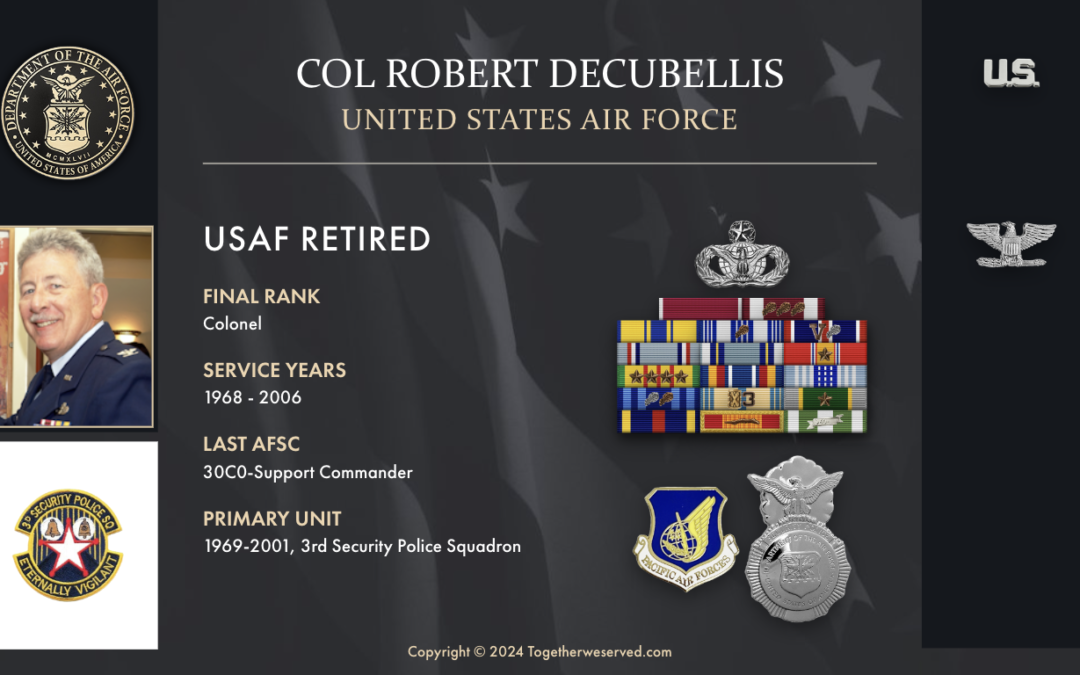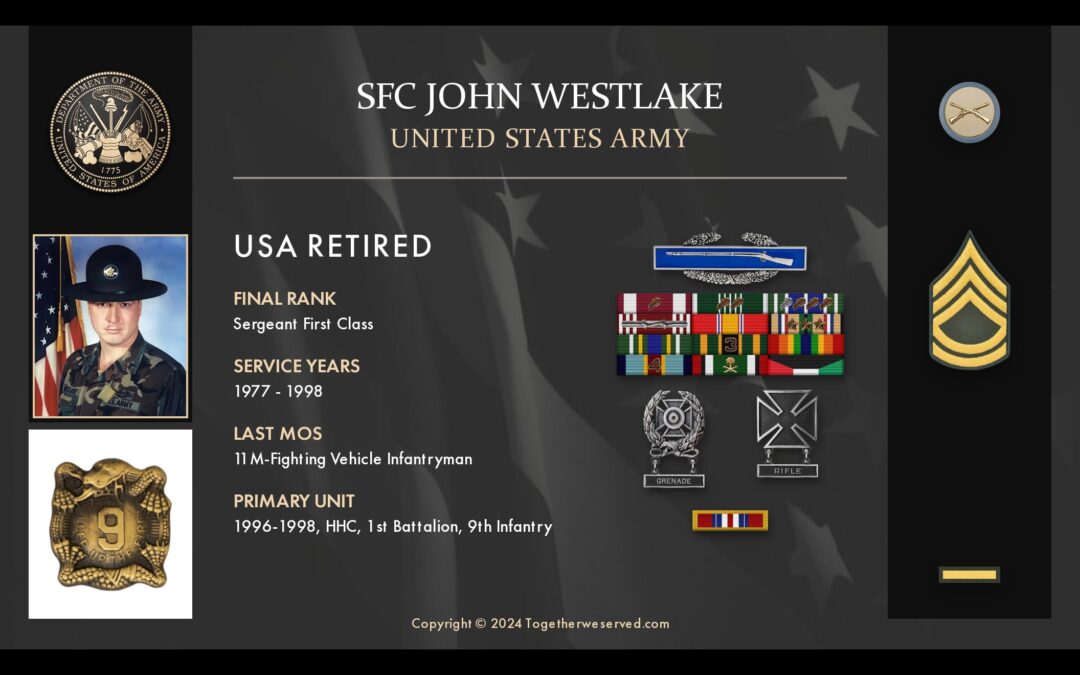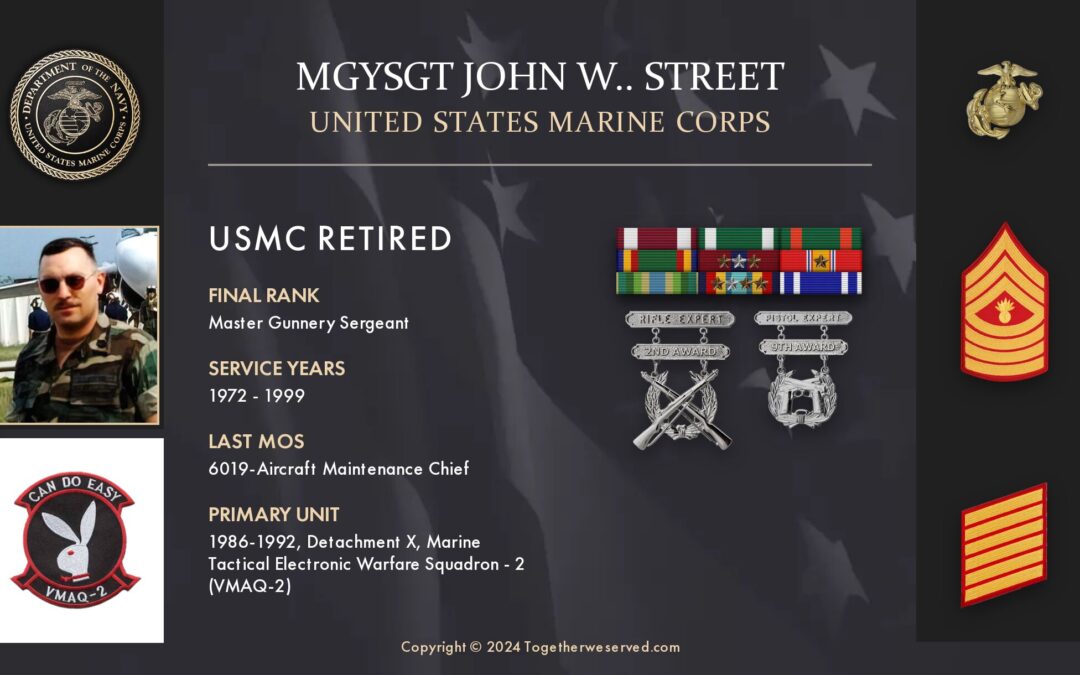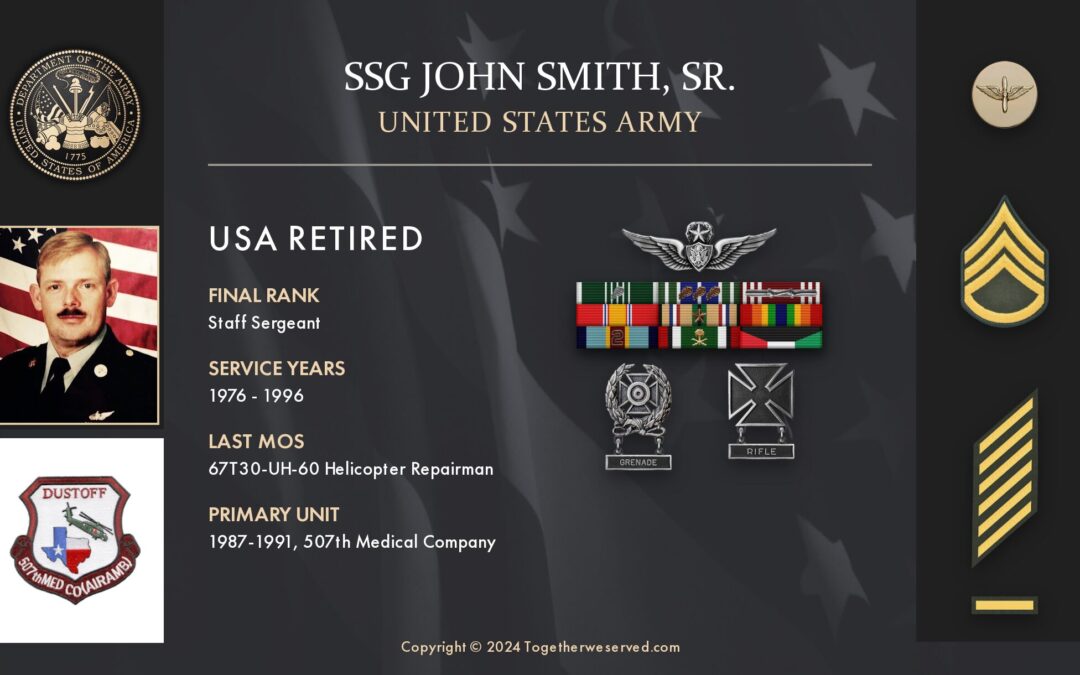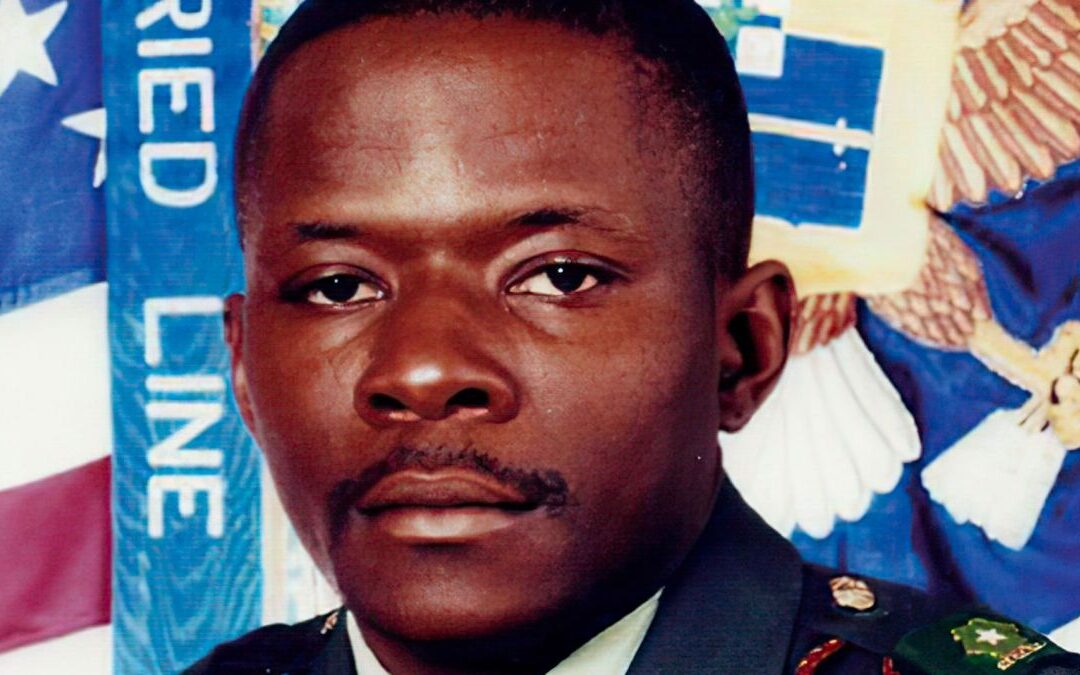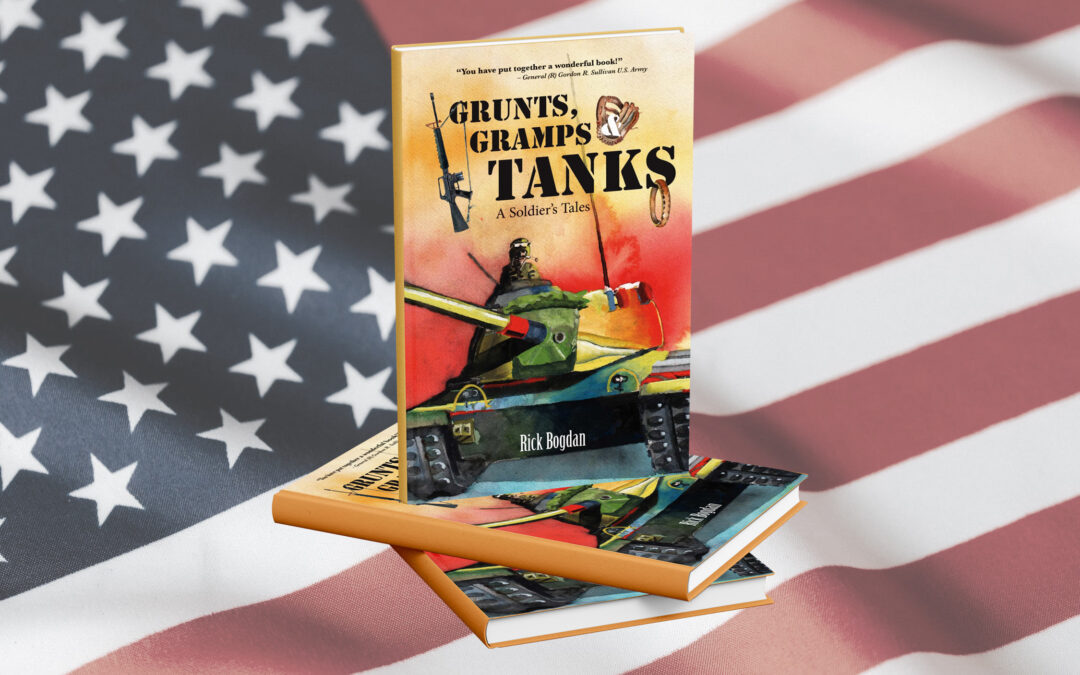I had several friends who served in the Air Force, including Dick Berghorn and his K-9 Rommel at Pleiku AB. My uncle Ed served in the Air Corps in England in WW II, and my uncle Art served in the US Navy but didn’t get overseas before VJ Day.
As the Vietnam War began to spool up in the mid-’60s, I knew the draft would be hot on my tail as I was graduating college, so I decided to pick my own destiny versus being drafted. I also came from the baby boomer generation following WW II and knew the value of serving. When my grades slipped in 1966, I got tapped for a pre-induction physical in Minneapolis. It was right out of a scene from Arlo Guthrie’s “Alice’s Restaurant,” that’s popular every Thanksgiving….). I actually witnessed the USMC take inductees that day to fill their shortfall in enlistees.
